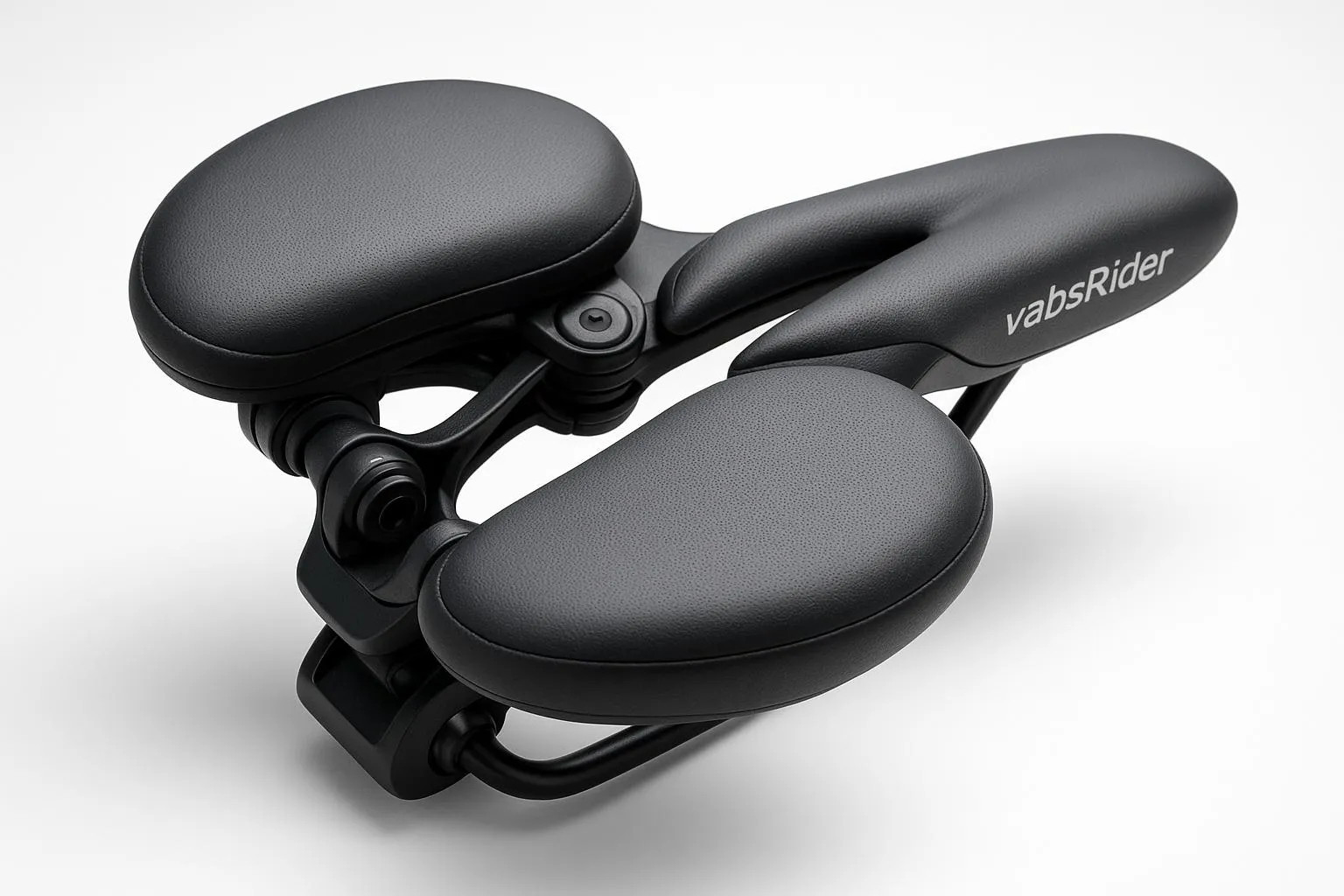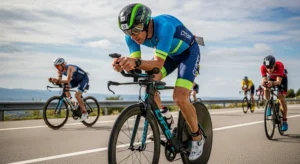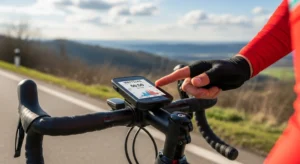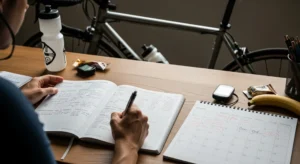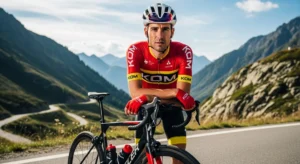For as long as people have been riding bicycles, they have been complaining about saddle soreness. It’s a universal problem that affects cyclists of all levels, from casual commuters to professional racers. For some, it’s a minor annoyance, a bit of discomfort that goes away after a few minutes off the bike. But for others, it can be a serious medical issue, leading to everything from skin abrasions and infections to chronic pain and nerve damage. For too long, the cycling industry has offered little in the way of real solutions, leaving riders to suffer in silence or resort to a patchwork of ineffective remedies. But in 2025, that is finally changing. A new wave of innovators is challenging the traditional bike seat design, and they are bringing a revolution in comfort and relief to cyclists everywhere.
The Problem with the Traditional Saddle
The traditional bike saddle is a marvel of simplicity, a design that has remained largely unchanged for over a century. But it’s also a design that is fundamentally flawed. The narrow, static shape of the traditional saddle puts an immense amount of pressure on the perineum, the soft tissue area between the sit bones. This can lead to a host of problems, including numbness, pain, and in some cases, serious long-term health issues. For women, the problem can be even more acute, with many riders experiencing everything from labial abrasions and infections to permanent changes in their anatomy.
For years, the cycling industry has tried to address these issues with a variety of incremental changes. We’ve seen saddles with cutouts, saddles with gel inserts, and saddles made from a variety of new materials. But none of these have been able to solve the fundamental problem: the static, narrow shape of the traditional saddle.
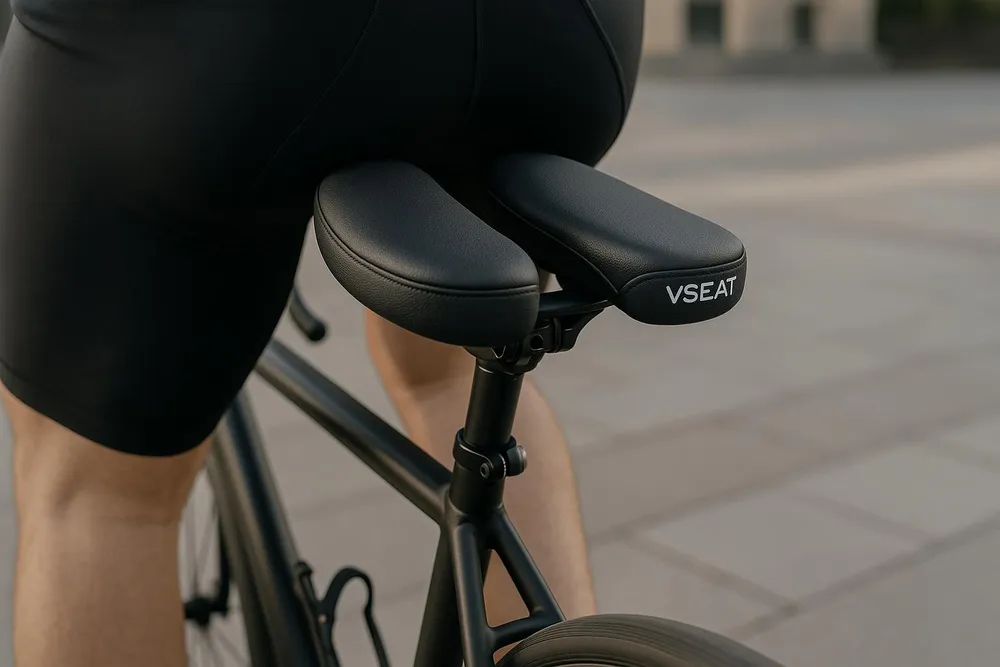
The Innovators: Rethinking the Bike Seat from the Ground Up
But in 2025, a new generation of innovators is taking a different approach. Instead of trying to tweak the traditional design, they are rethinking the bike seat from the ground up. Two of the most promising new designs to emerge from this movement are the vabsRider and the VSeat.
The vabsRider, designed by Australian innovator Robin Macan, is a dynamic saddle that moves with the rider as they pedal. This simple but brilliant innovation helps to distribute pressure more evenly and reduce friction, resulting in a more comfortable and efficient ride. The vabsRider also features a split design, with a gap between the left and right sides of the saddle. This helps to relieve pressure on the perineum and further enhance comfort. The design has already won two Australian Good Design Awards and has attracted a legion of fans on crowdfunding platforms.
The VSeat, designed by American entrepreneur Ani Armstrong, takes a different but equally radical approach. The VSeat is a noseless saddle that completely eliminates the front of the saddle, putting all of the rider’s weight on their sit bones. This simple but effective design has been shown to dramatically reduce pressure on the perineum and has been a game-changer for many riders who have struggled with saddle soreness. The VSeat has been featured on the hit TV show Shark Tank, where it received a $200,000 investment from two of the show’s investors.
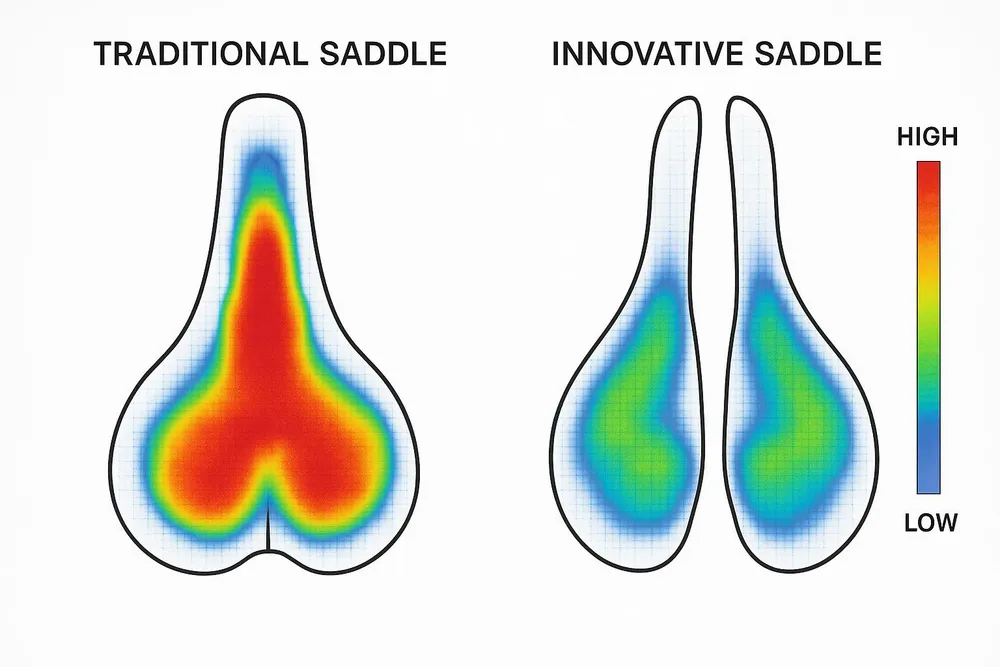
The Road Ahead: A New Era of Cycling Comfort
The vabsRider and the VSeat are just two of the many new and innovative bike seat designs that are emerging in 2025. And while the traditional cycling industry has been slow to embrace these new ideas, the tide is starting to turn. As more and more riders discover the benefits of these new designs, the demand for more comfortable and ergonomic saddles is only going to grow. We are at the beginning of a new era of cycling comfort, an era in which saddle soreness is no longer an accepted part of the sport. The saddle revolution is here, and it’s about time.
For more insights on cycling and technology, explore our comprehensive guides on Cycling Biomechanics Technology: How 3D Motion Capture and AI Coaching Are Revolutionizing Performance and Preventing Injuries in 2025, and, The Right to Repair: Why the Cycling Community is Fighting for Control Over Their Own Bikes in 2025.
Explore additional resources on ABC News: Innovators rethink bike seat design to combat cycling saddle pain, vabsRider Official Website, The Science of Cycling: Understanding and Preventing Saddle Sores, VSeat Official Website, and Bike Fit and Saddle Selection: A Guide for Cyclists.
